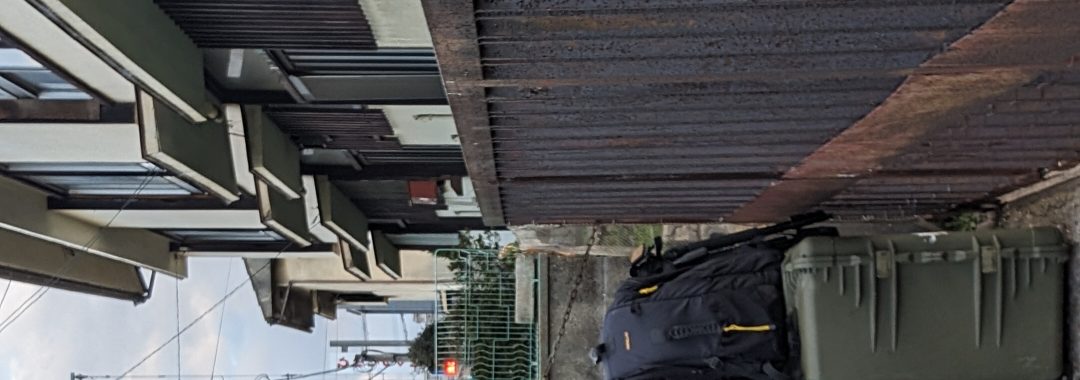Introduction
In the dynamic world of professional photography and videography, transporting large equipment can often present a significant challenge. Recently, our team embarked on a journey from Osaka to Fukuoka, opting for train travel over a more expensive car rental. This decision, influenced by budget constraints and client requests, led us to devise a series of strategies to manage the transportation of bulky gear efficiently. This case study delves into the nuances of our experience, highlighting our adaptability and resourcefulness in the face of logistical challenges.
Challenge: Large Equipment, Limited Space
The primary challenge was maneuvering large equipment through various train lines, including the Kintetsu Nara Line and the Midosuji Line. The initial plan was to secure priority seating on an express train from Ishikiri to Namba. However, the layout of the fifth car, with seats on both sides, made boarding with large gear impractical. We quickly pivoted to a less crowded local train, successfully storing our equipment in a designated space for wheelchairs and heavy luggage.
Strategy: Adapting to Train Configurations
Understanding the train configurations was crucial. For instance, the Midosuji Line typically has a free space in each carriage, which proved beneficial. However, the unpredictability of train stops, like the increased number of standing passengers at Yaenosato, necessitated flexibility. We adapted by standing near our equipment, ensuring its safety and making room for other passengers.
Navigating Stations: Escalators, Elevators, and Wide Gates
At Kintetsu Namba Station, we found that using the elevator at the platform’s end was most practical, especially when passenger traffic was low. Similarly, wide gates at stations, usually located at the ends of ticket barriers, allowed easier passage with large equipment. At Umeda, we employed a strategy of waiting for a less crowded train, ensuring a smoother boarding process.
Transfer to Shinkansen: The Final Leg
The transfer to the Shinkansen at Shin-Osaka posed another challenge. Given the scarcity of elevators, we considered using escalators but eventually navigated to the less crowded 21st platform. Waiting for the train, we contemplated a restroom break but prioritized staying with our equipment.
Success: Arrival in Fukuoka
Our journey culminated successfully with our arrival in Fukuoka. Maneuvering the equipment through narrow train doors and into designated spaces required careful handling. The Shinkansen’s speed and stability, despite its occasional jolts, underscored the efficiency of train travel in Japan.
Conclusion: Demonstrating Adaptability and Resourcefulness
This journey from Osaka to Fukuoka with substantial photographic equipment was not only a testament to our team’s problem-solving skills but also an example of adaptability in the face of logistical constraints. By strategically navigating train configurations, station facilities, and transfer challenges, we ensured the safe and efficient transport of our equipment. This experience reflects our commitment to meeting client needs while managing budgetary limitations, highlighting our capability to handle complex logistical scenarios with precision and care.

